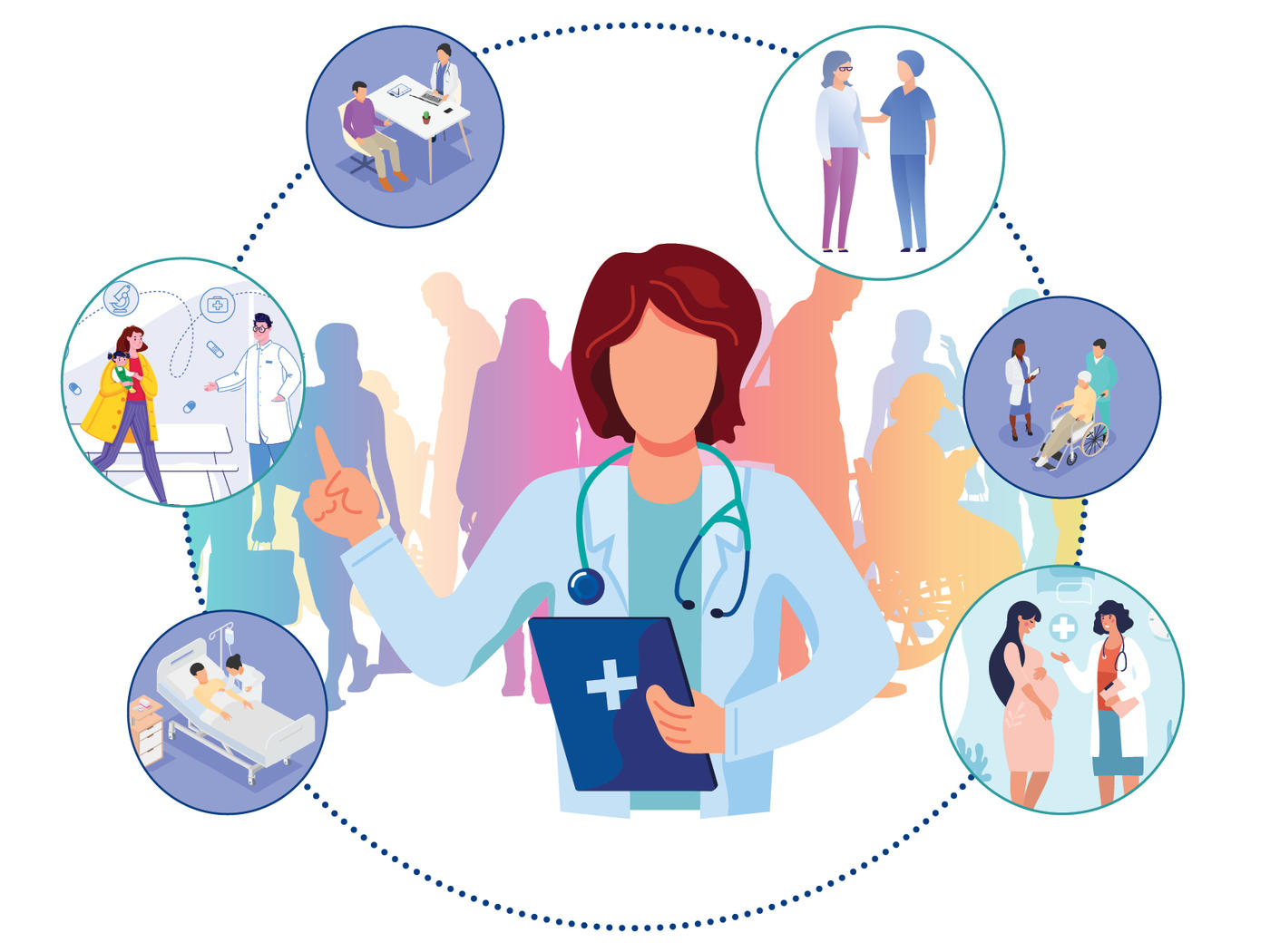Featured
Tags
Share
- Home / Blog / Nursing Today / Labor & Delivery Nursing in the Time of COVID-19
Labor & Delivery Nursing in the Time of COVID-19

Pregnancy is a time of uncertainty. It is also typically a time of celebration with families gathering, lots of hugs and grandparents racing over to the hospital to meet their newest member of the family.
But bringing life into the world during the COVID-19 pandemic has been a labor of love — and unprecedented unknowns — for expectant parents and nurses like Seona Abraham, a labor and delivery/postpartum nurse in suburban Chicago.
Abraham, 26, and a 2016 graduate of Chamberlain’s Bachelor of Science in Nursing degree program, remembers well the first pregnant woman with COVID-19 who gave birth in her unit.
The expectant mother was nine months pregnant when she tested positive for the coronavirus, but had very mild symptoms — fever, chills and a slight temperature. She was told to isolate at home for 24 hours, where she managed her symptoms under the supervision of the labor and delivery team. The next day, when the woman had difficulty breathing, she was brought into the hospital, an infectious disease physician was brought in and the woman was given an emergency C-section. Following the birth, the new mom was put on a ventilator for two weeks. The good news: the baby was born free of the virus, but put in isolation until the mother recuperated.
“It was scary and a time of great uncertainty for us,” says Abraham. “It’s heartbreaking to have to explain to a mom that they can’t keep their baby in their room because we can’t take that risk. We also had no idea how the virus impacted unborn children and had little research at the time about how it was transmitted, if it could be transmitted in utero and that made it all the more scary.”
Since last March, Abraham’s labor and delivery team has worked hard to develop a rhythm of care, not just for COVID-positive patients, but to also ensure the safety of dozens of mothers and babies free of the virus who require their own specialized treatment. Major restrictions were put into place. Mothers delivering during the stricter COVID hospital restrictions can have only one person at their side. And all expectant moms are screened for COVID-19.
To ensure safety, there are no birthing classes, no hospital tours, or on-site Lamaze classes to help moms feel more comfortable for the big day. Moms attend doctor’s appointments and ultrasounds on their own. Their care providers are wearing masks and covered from head to toe with personal protective equipment, and new baby visits are done via FaceTime. Through all of this, Abraham aims to provide reassurance and comfort to her patients.
“Besides the mental, emotional, and physical fatigue, it’s hard finding a balance between taking precautions and making sure your patient doesn’t feel afraid and isolated,” she said. “It is scary enough for expectant moms.”
This can be exacerbated when there is a language barrier for Abraham and her patient. “It’s especially hard to communicate with the moms who have been diagnosed with COVID. They are in shock and it’s hard because of the language barrier and the masks to be able to really communicate and comfort them.”
The pandemic’s effect is felt in her personal life as well, as Abraham is diligent about protecting her family from the risk of exposure to the virus. Abraham lives in Bloomingdale, Ill., with her parents and two sisters who are attending college virtually from home. To keep her family safe, she has been staying in the basement.
“I’m trying to stay really positive and am relying on my faith to get through these times,” she says. “But it is very scary.”
By Mary Beth Sammons
More from Nursing Today
Request More Information
To receive the Chamberlain University Program Guide, including associated career paths, please select a program of study.







